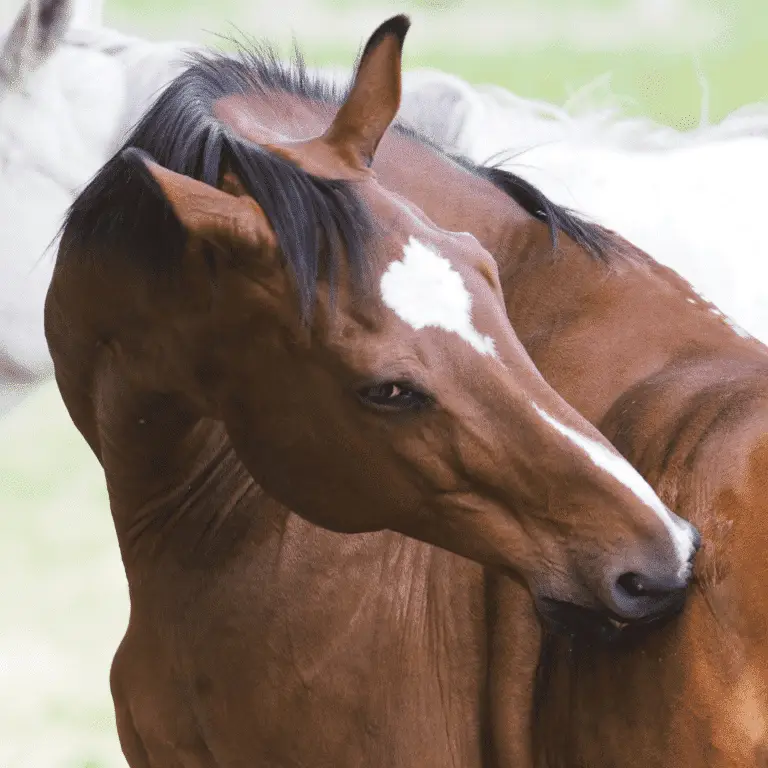Epizootic Lymphangitis is a contagious and chronic mycosis in horses caused by the fungus Histoplasma farciminosum. It primarily affects the skin and lymphatic system, causing nodules, abscesses, and ulceration that can spread and lead to chronic lymphatic obstruction.
The disease is endemic in parts of Africa, Asia, and South America, posing significant challenges due to its chronic nature and limited treatment options.
